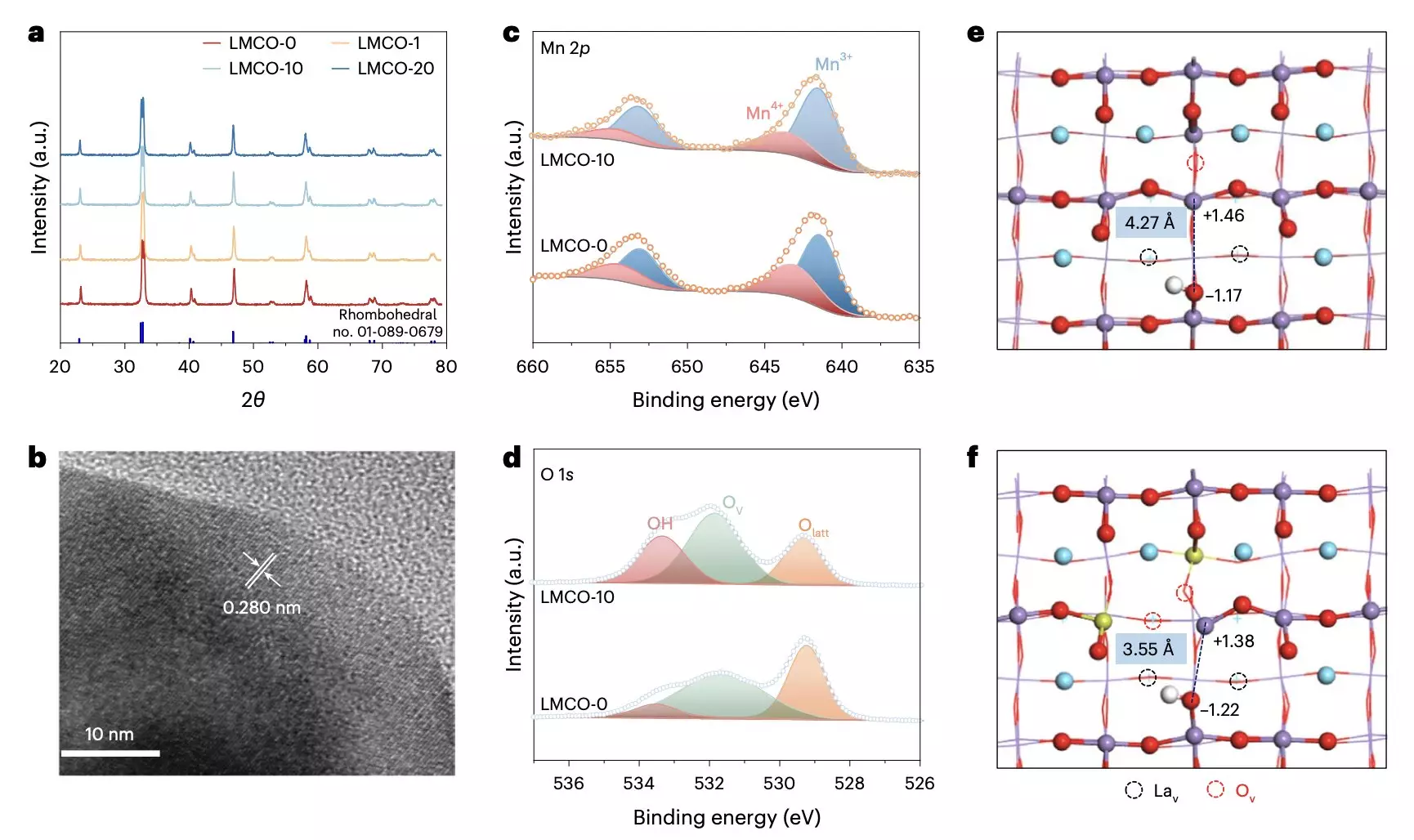Ethylene (C2H4) is a compound that is in high demand due to its versatility in various industries such as packaging, plastics, agriculture, and healthcare. The traditional method of producing ethylene involves converting ethane (C2H6) found in natural gas into ethylene and hydrogen. However, this process is not environmentally friendly as it requires a high amount of electrical power and is associated with a significant carbon footprint.
Recently, researchers from Soochow University, University of Toronto, and other institutes introduced a groundbreaking method for producing ethylene using solar-powered photocatalysis. By utilizing the perovskite oxide LaMn1−xCuxO3 as a photocatalyst, the researchers were able to convert ethane into ethylene and hydrogen without the need for external heat sources. This new approach offers a more sustainable and environmentally friendly way of producing ethylene on a large scale.
The use of solar or LED light in the photocatalytic dehydrogenation of ethane to ethylene and hydrogen offers numerous advantages. Not only does it reduce carbon emissions, but it also provides a more cost-effective and energy-efficient method of ethylene production. The surface-frustrated Lewis pairs present in the LaMn1−xCuxO3 perovskite oxide play a crucial role in optimizing the activity, selectivity, and yield of ethane dehydrogenation.
The researchers achieved remarkable ethylene production rates using a rooftop prototype device, demonstrating the feasibility of their solar ethylene production process. In addition, a comprehensive techno-economic analysis revealed the substantial economic potential of industrial-scale solar ethylene production from ethane. The high ethylene production rate and ethane conversion percentages further validate the efficiency of this new approach to ethylene production.
Moving forward, the researchers plan to conduct further studies to enhance the performance of their photocatalyst and photoreactor. This includes exploring the effects of these components on catalytic reactions and improving photochemical activation, light capture, and light transport rates. By focusing on these areas, the researchers aim to maximize the efficiency of the LaMn1−xCuxO3 perovskite’s photocatalytic capabilities and pave the way for the future large-scale production of ethylene.
The use of solar-powered photocatalysis for ethylene production presents a promising solution to meet the growing demand for this essential compound while reducing the environmental impact of traditional production methods. The innovative approach taken by Song, Zhao, and their colleagues showcases the potential of sustainable technologies to revolutionize the chemical industry and create a more sustainable future.


Leave a Reply